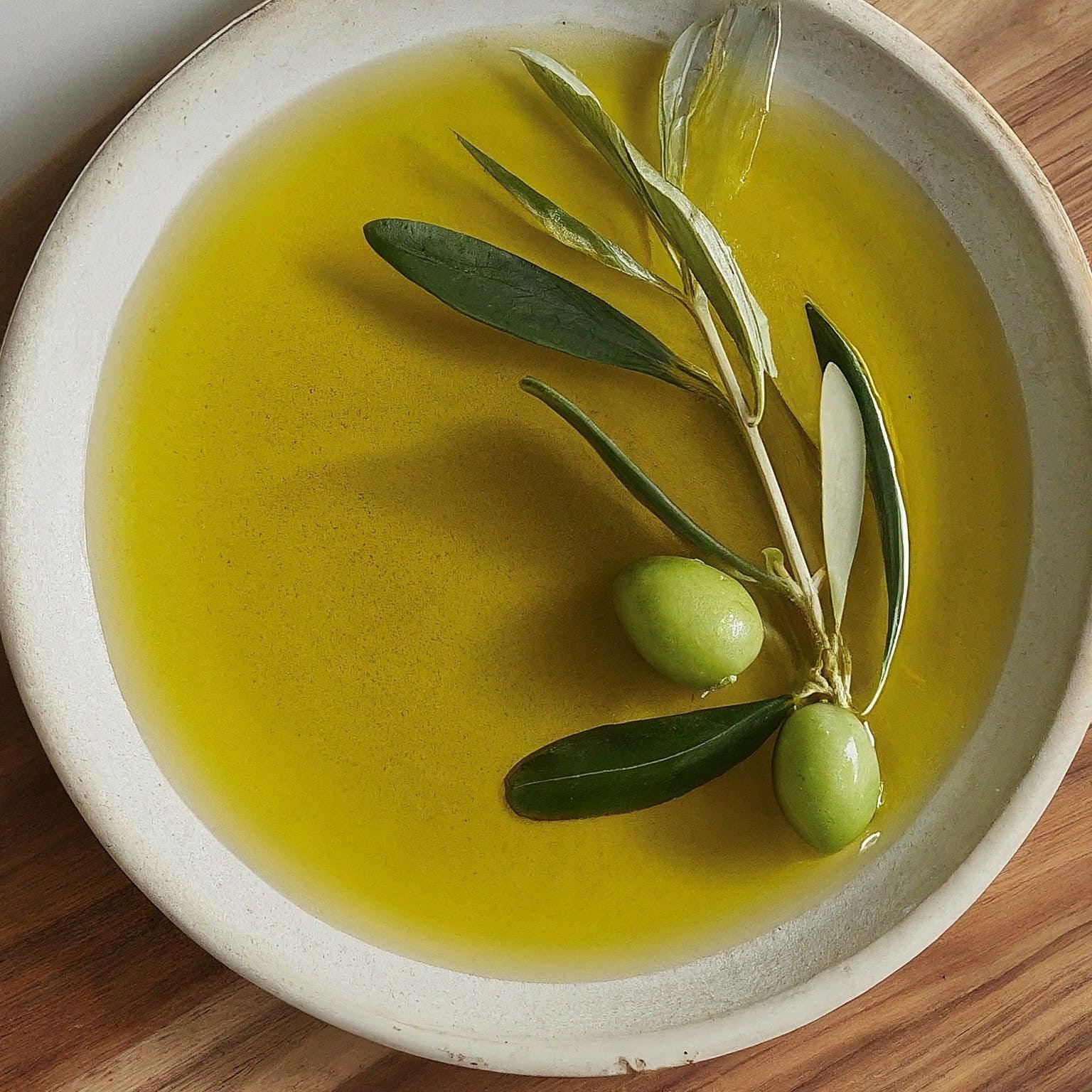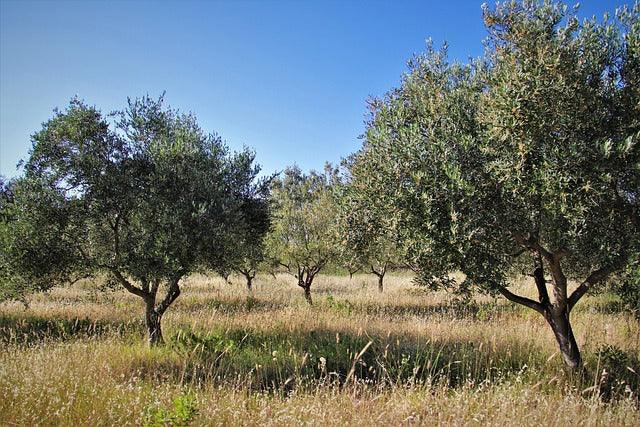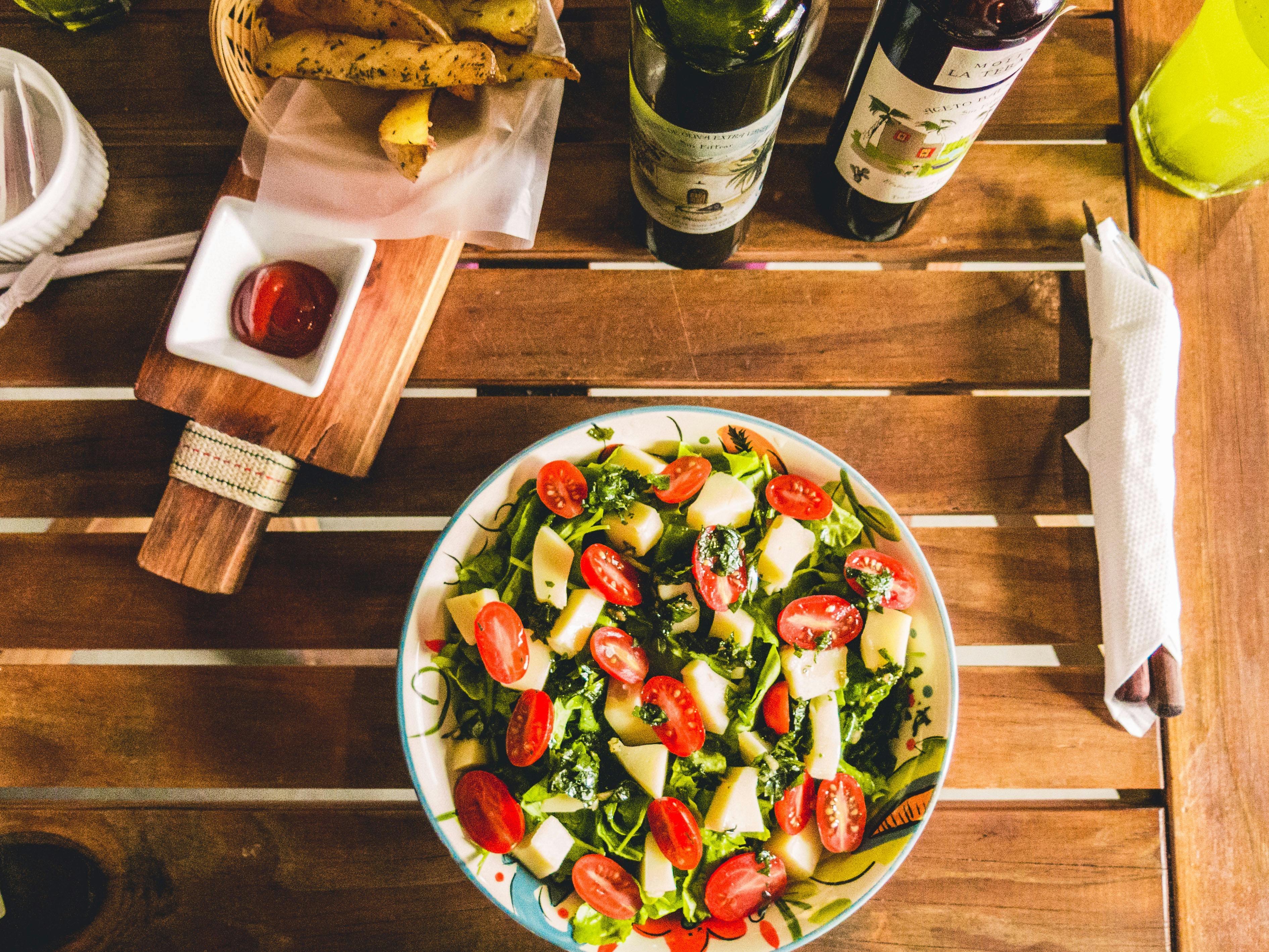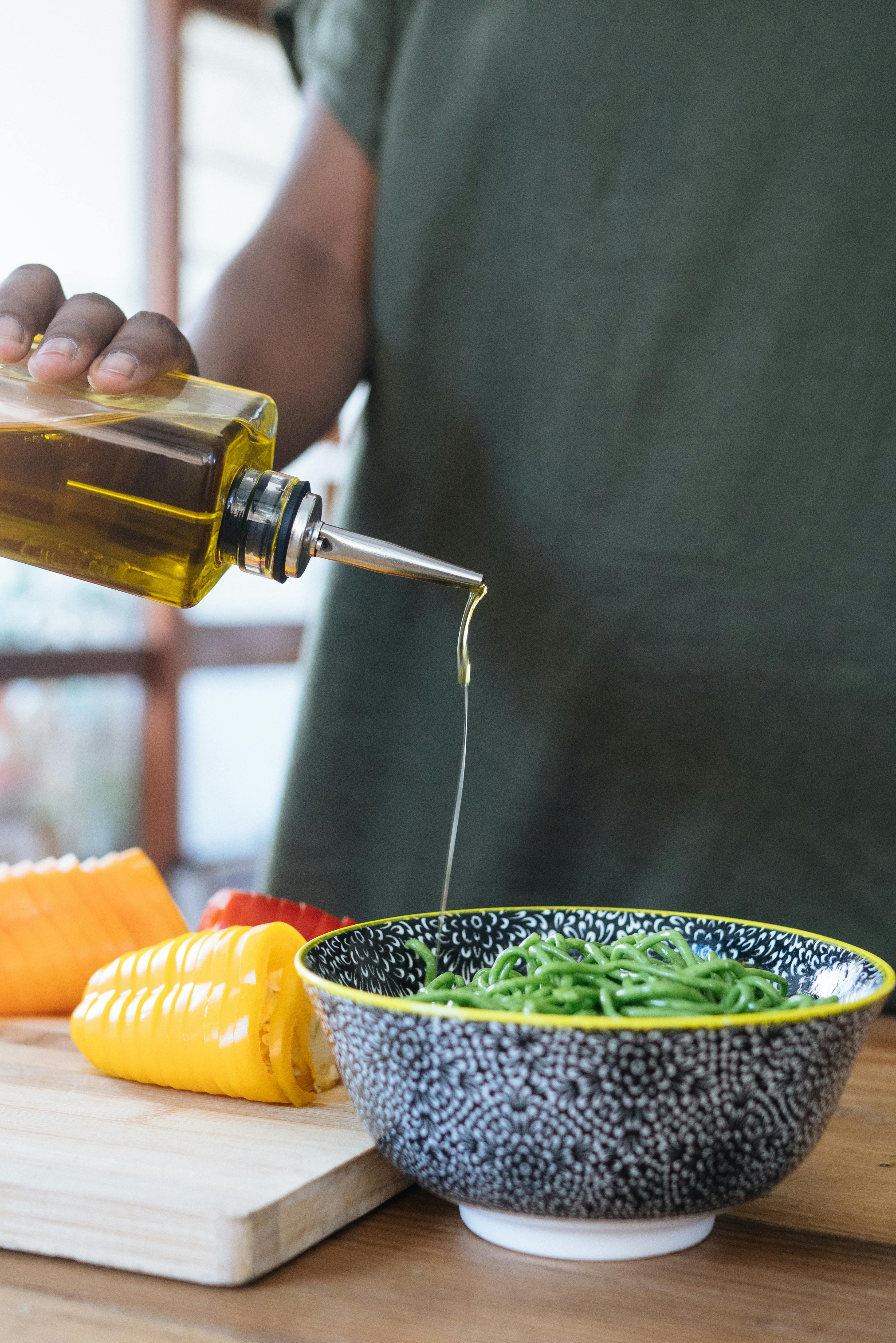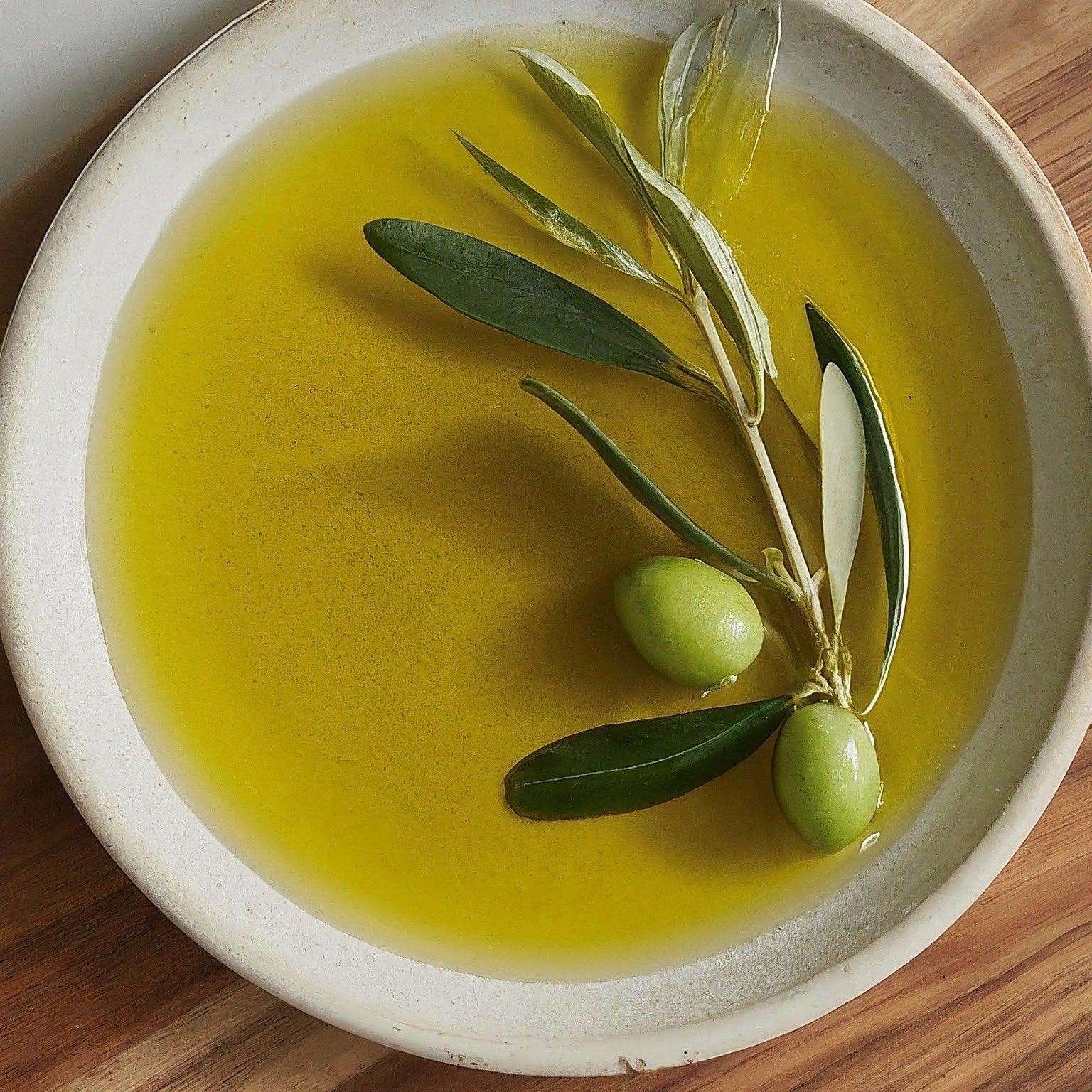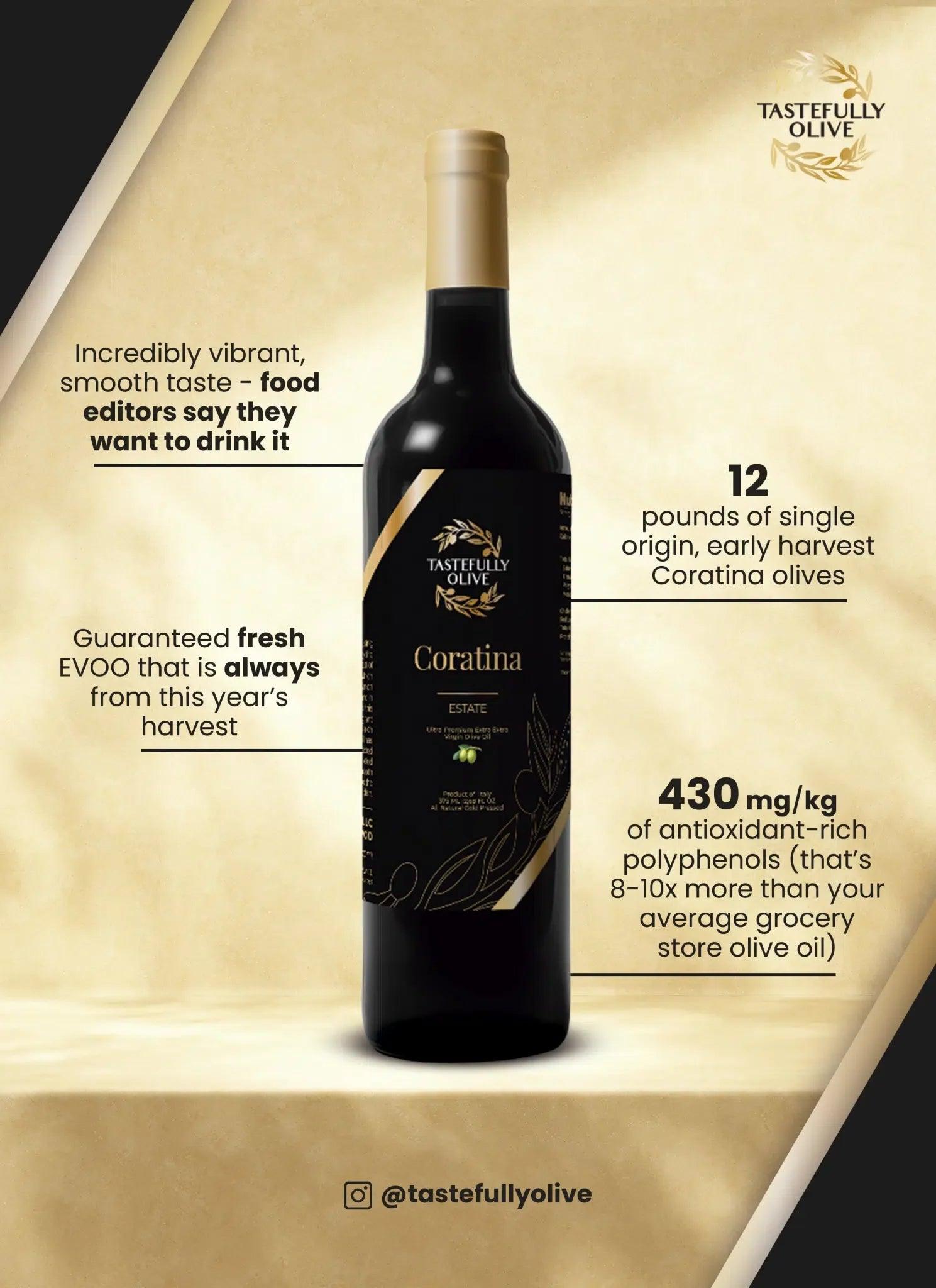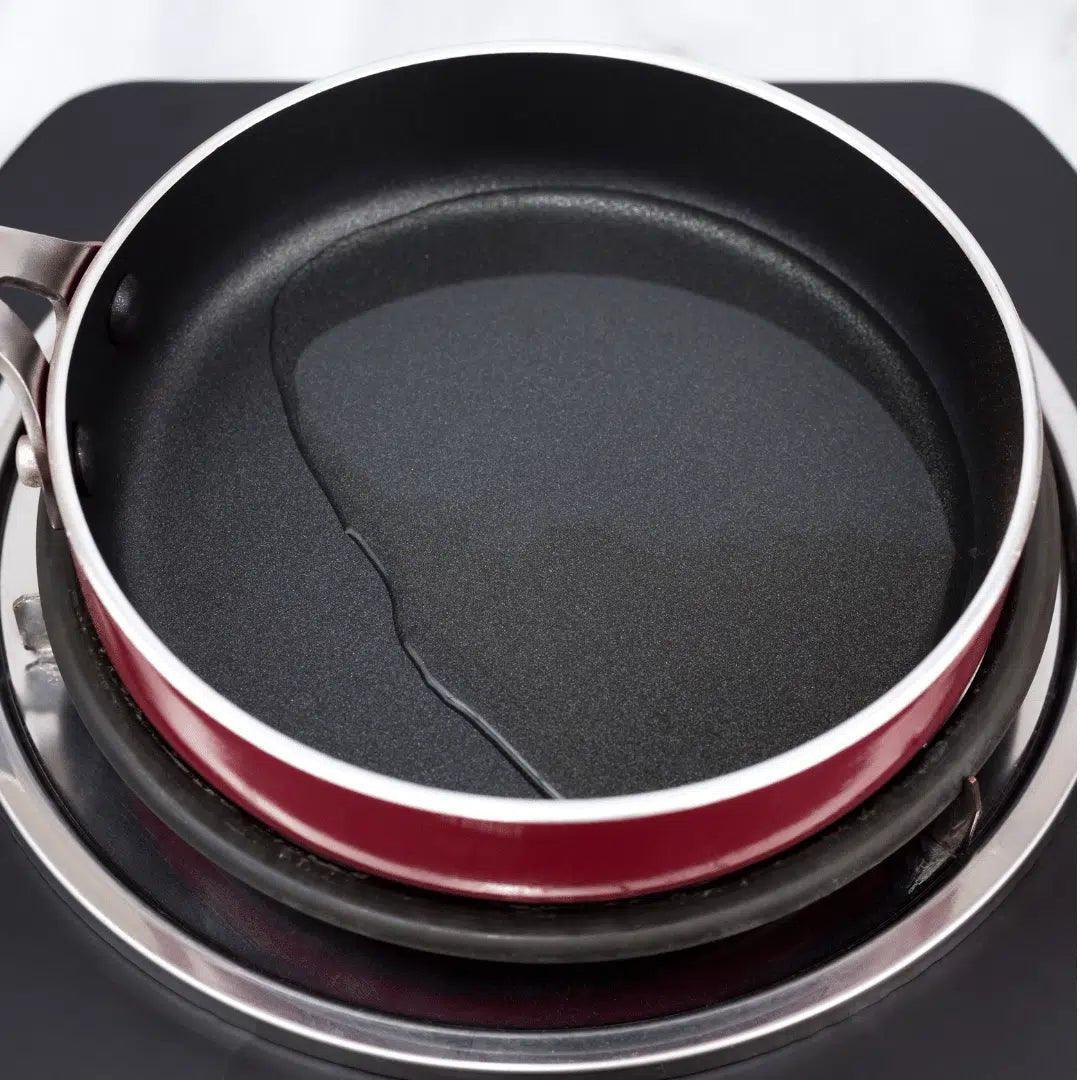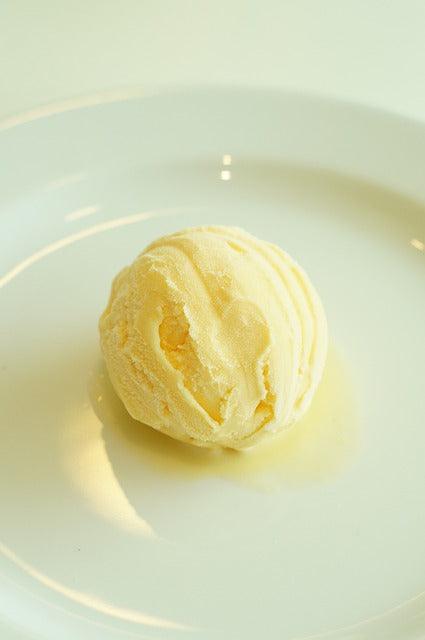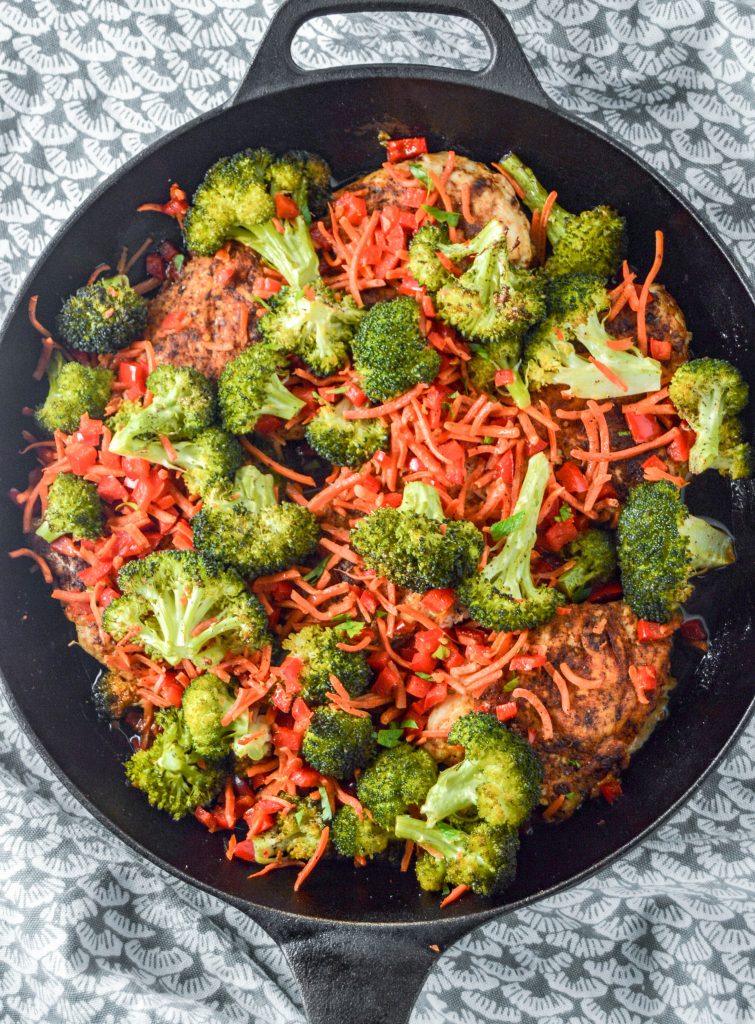Infusing olive oil with herbs and other flavorful ingredients at home can seem like a fun and creative way to enhance your culinary creations. However, this popular practice carries hidden dangers that are often overlooked. The primary concern is bacterial contamination, which can pose serious health risks. In this blog post, we'll explore the risks associated with self-infused olive oils, how water plays a crucial role in bacterial growth, and why professionally extracted herbal oils are a safer option.
The Risk of Bacterial Contamination
When you infuse olive oil with fresh herbs, garlic, or other items, you introduce not only their flavors but also potential contaminants. The biggest threat comes from bacteria such as Clostridium botulinum, which can cause botulism—a rare but potentially fatal illness.
The Role of Water in Bacterial Growth
Water is essential for bacterial growth. Even a tiny amount of water left on fresh herbs or garlic can create an ideal environment for bacteria to thrive. Olive oil itself doesn't support bacterial growth, but any water introduced during the infusion process can become a breeding ground. This is particularly dangerous because the oil can trap the bacteria in an anaerobic environment (without oxygen), which is where Clostridium botulinum thrives.
Signs and Symptoms of Botulism
Botulism is a serious condition, and early recognition of its symptoms is crucial for treatment. Symptoms usually appear within 18 to 36 hours of consuming contaminated food and include:
- Double vision
- Blurred vision
- Drooping eyelids
- Slurred speech
- Difficulty swallowing
- Dry mouth
- Muscle weakness
If you experience any of these symptoms after consuming home-infused olive oil, seek medical attention immediately.
Why Professionally Extracted Oils Are Safer
Professional extraction of herbal oils involves removing all water content, significantly reducing the risk of bacterial contamination. The process ensures that only the pure essence of the herb is infused into the oil, without the presence of water that could promote bacterial growth. This method also allows for better preservation of the oil's flavor and medicinal properties.
How to Safely Enjoy Infused Oils
If you enjoy the flavors of infused oils but want to avoid the risks associated with DIY methods, consider the following tips:
1.Use Dried Herbs: Dried herbs have minimal water content and are less likely to introduce bacteria.
2. Proper Storage: Store infused oils in the refrigerator and use them within a week to minimize the risk of bacterial growth.
3. Buy Commercial Products: Commercially produced infused oils are typically made with strict safety standards, reducing the risk of contamination.
4. Heat Infusion Method: If you prefer to make your own, consider using a heat infusion method where the oil and herbs are heated together to kill any potential bacteria before storing.
Conclusion
While DIY infused olive oils can add a delightful touch to your dishes, the risks of bacterial contamination are significant. Understanding the role of water in bacterial growth and recognizing the symptoms of botulism are crucial for your safety. Opting for professionally extracted oils or following safe infusion practices can help you enjoy these flavorful oils without compromising your health. Stay informed and stay safe!
To learn more about the rich history and benefits of olive oil, check out these additional resources:
- Health Benefits of Olive Oil
- The Mediterranean Diet Guide
External Links:
- Harvard T.H. Chan School of Public Health: The Nutrition Source
- Healthline: 11 Proven Benefits of Olive Oil
These links provide valuable information and insights that can enhance your understanding and appreciation of olive oil's historical and contemporary significance.
